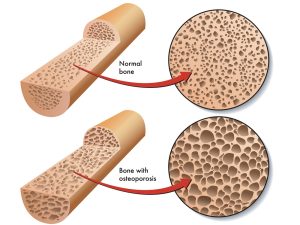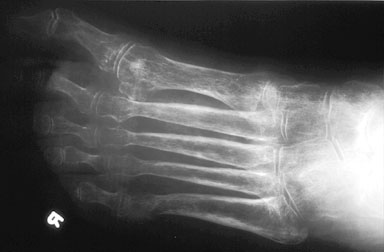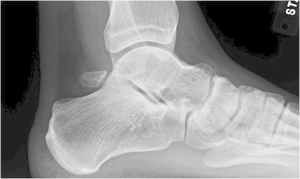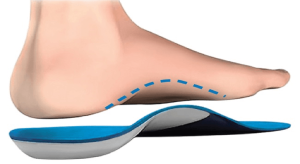The Oestern and Tscherne Classification is a system used to assess and categorize the extent of soft tissue injuries associated with closed fractures. Developed by German orthopedic surgeons Klaus-Dieter Oestern and Christoph Tscherne, this classification provides valuable insights into the severity of soft tissue damage that accompanies fractures, helping healthcare professionals make informed decisions about treatment approaches.
The classification system is divided into four major grades, each reflecting the degree of soft tissue injury:
Grade 0 (Subclinical): In Grade 0 injuries, there is minimal or no soft tissue involvement. The skin remains intact, and there is no evidence of injury to the surrounding tissues.
Grade I (Superficial): Grade I injuries involve superficial abrasions, bruises, or hematomas around the fracture site. The skin may show signs of contusion or minor abrasions, but there is no extensive damage to deeper tissues.
Grade II (Deep Contusion): In Grade II injuries, there is evidence of deep contusion or crush injury to the soft tissues. Swelling, bruising, and significant pain are often present. Although the skin remains intact, the underlying tissues may be seriously affected.
Grade III (Open Wound): Grade III injuries are characterized by open wounds or lacerations near the fracture site. These wounds can vary in size and severity and may expose bone, muscle, or other tissues. In Grade IIIA injuries, the wound is clean, while in Grade IIIB injuries, the wound is associated with significant contamination. Grade IIIC injuries involve major vascular damage requiring repair.





